Indianization as Process and Discourse in Chiapas, Mexico
DOI:
https://doi.org/10.22380/2539472X.1258Keywords:
Maya, indians, Chiapas, indigenous movements, political and ethnic discourseAbstract
This essay is an effort to understand a social process in which the Maya indians of central Chiapas, Mexico, show their territorial, demographic, labor and politic advancement throw the discourse of their leaders. This is about an ethnic movement that integrate both dimensions of globalization process: the cultural homogenization and heterogenization of the world. The perspective adopted attempt to integrate the discourse analysis from a flexible and embracement viewpoint of the cultural production with the analysis of the regional indianization process like a complex interethnic system, in the meluccian sense of system. The principal objective is to explain with detail how the indigenous leaders use discourse –to persuade their followers and to the others– constructing a identity discourse based on meaningful past, organized in and for the politic present.
Downloads
References
Barth, Frederik. 1976. “Introducción”. En F. Barth (compilador). Los grupos étnicos y sus fronteras: la organización social de las diferencias culturales. Fondo de Cultura Económica. México.
Brown, Gillian y Yule, George. 1983. Discourse analysis. Cambridge University Press. Cambridge. DOI: https://doi.org/10.1017/CBO9780511805226
Burguete, Cal y Mayor A. (coordinadores). 1999. México: experiencia de autonomía indígena. Editorial IWGIA. Documento 28. Guatemala.
Carrithers, Michael. 1992. Why humans have cultures? Explaining anthropology and social diversity. Oxford University Press. Oxford.
Duranti, Alessandro. 1997. 2000. Linguistic anthropology. Cambridge University Press. Nueva York. DOI: https://doi.org/10.1017/CBO9780511810190
Eco, Umberto. 1992. Interpretation and overinterpretation. Stefan Collini (editor). Cambridge University Press. Cambridge. DOI: https://doi.org/10.1017/CBO9780511627408
Ecosur (El Colegio de la Frontera Sur). 1995. “Organizaciones de la sociedad civil en Chiapas”. División de sistemas de producción. San Cristóbal de Las Casas, Chiapas.
Fisher, Edward F. 1999. “Cultural logic and maya identity. Rethinking constructivism and essentialism”. Current Anthropology. Volumen 40: 4. DOI: https://doi.org/10.1086/200046
Gibbs, Raymond W. 1994. The poetics of mind: figurative thought, language, and understanding. Cambridge University Press. Nueva York.
Gómez Pompa, A. 1987. “On mayan silviculture”. Mexican studies. Volumen 3: 1. DOI: https://doi.org/10.2307/4617029
Gossen, Gary H. 1999. Telling maya tales. Tzotzil identities in modern México. Routledge. Nueva York.
Grice H. P. 1975. “Logic and Conversation”. William James Lectures, Harvard University. Reproducido en Peter Cole y Jerry Morgan (compiladores). Syntax and Semantics. Volumen 3. Speechs Acts. Academic Press. Nueva York.
Hutchby, Ian y Wooffitt, Robin. 1998. Conversation analysis: principles, practices, and applications. Polity Press. Cambridge.
Instituto Nacional de Estadística, Geografía e Informática. 1970. Censo general de población y vivienda 1970. Chiapas. Inegi. México.
– . 2000. Censo general de población y vivienda 2000. Chiapas. Inegi. México.
Jacorzynski, W. R. 2000. “En busca del paraíso perdido: el ‘otro’ en la mirada desde Chiapas”. Estudios Sociológicos. Volumen XVIII: 52. Enero-abril.
Jones, Edward y Nisbett, Richard E. 1972. “The actor and the observer: divergent perceptions of the causes of behavior”. En E. E. Jones et al. Attribution: perceiving the causes of behavior. General Learning Press. Morristown, N. J.
Kuhn, Deanna. 1991. The skills of argument. Cambridge University Press. Nueva York. DOI: https://doi.org/10.1017/CBO9780511571350
Lakoff, George y Johnson, Mark. 1980. Metaphors we live by. The University of Chicago Press. Chicago.
Lee, Thomas A. 1989. “La arqueología de Los Altos de Chiapas. Un estudio contextual”. Revista Mesoamérica. 18.
Luhmann, Niklas. 1988. “Tradición y modernidad: las relaciones entre religión y ciencia”. En N. Luhmann. Teoría de los sistemas sociales II (artículos). Universidad Iberoamericana/Biblioteca F. X. Clavijero. México.
Melucci, Alberto. 1991. “La acción colectiva como construcción social”. Estudios Sociológicos. Volumen IX: 26.
Ortega y Gasset, José. 1940/1970. “Ideas y creencias”. Obras completas. Tomo V. Revista de Occidente. Madrid.
París Pombo, María Dolores. 2000. “Identidades excluyentes en San Cristóbal de Las Casas”. Nueva Antropología. 58.
Perelman, Chaïm y Olbretchs-Titeca, Lucie. 1969. The new rethoric: a treatise on argumentation. University of Notre Dame Press. Notre Dame.
Salvatierra Izaba, Benito et al. 1994. Indicadores socioeconómicos e índices de marginación en Chiapas. Ecosur. Chiapas.
Sánchez Carrillo, Oscar et al. 1998. “Colonización india y procesos de apropiación de la tierra en una comunidad maya de Los Altos de Chiapas”. En M. E. Reyes Ramos et al. (coordinadores). Espacios disputados: transformaciones rurales en Chiapas. UAMXochimilco/Ecosur/WAU/Cedla. México.
Tannen, Deborah. 1991. ¡Yo no quise decir eso! Editorial Paidós. México (editado originalmente en inglés por Ballantine Books. Nueva York. 1980).
Villafuerte Solís, Daniel et al. 1999. La tierra en Chiapas. Viejos problemas nuevos. Plaza y Valdés Editores. México.
Wasserstrom, Robert. 1989. Clase y sociedad en el centro de Chiapas. Fondo de Cultura Económica. México (primera edición en inglés 1983).




















